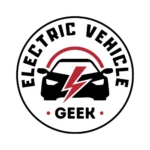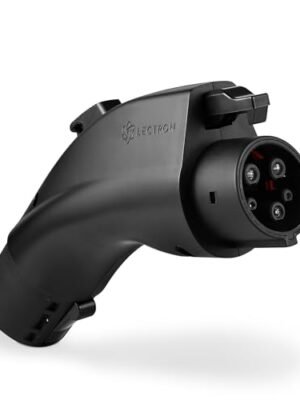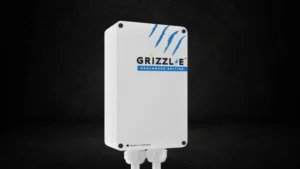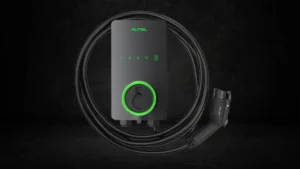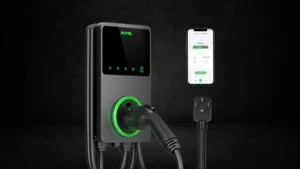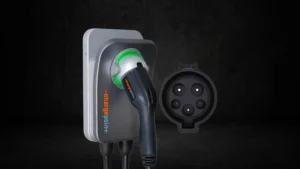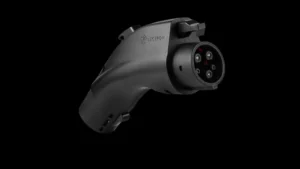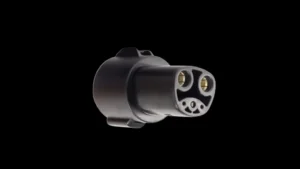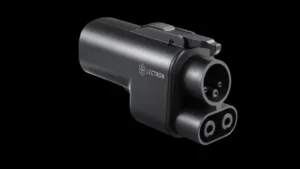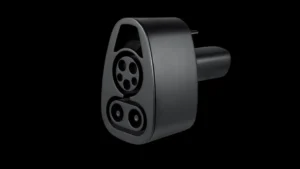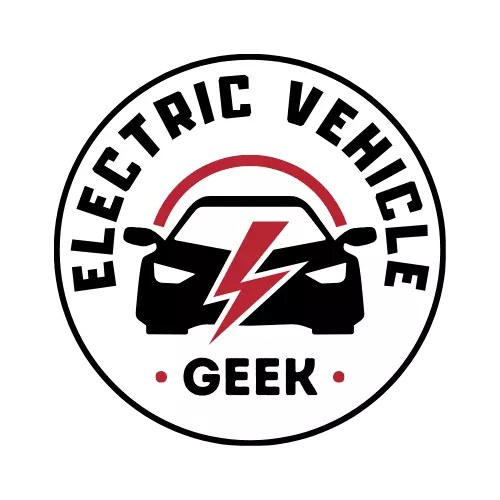Supported by you via insider access, and when you purchase through links on our site, we may earn an affiliate commission. See our Affiliate Disclosure.
Best Tesla to J1772 Adapters
Shop Tesla to J1772 adapters to charge your SAE J1772-compatible electric vehicles using a Tesla Wall Connector, Tesla Universal Wall Connector, Mobile Connector, or any generation of Tesla Destination Charger. These adapters support high-speed Level 2 AC charging up to 80 amps (19.2 kW), providing a fast, reliable charging experience for most non-Tesla electric vehicles.
See All Expert-Reviewed Tesla to J1772 Adapters
Explore our expert-reviewed selection of the best Tesla to J1772 adapters. These adapters are designed for high-amperage Level 2 AC charging using Tesla EV chargers, giving J1772 EV drivers access to both home-installed Tesla chargers and Tesla destination charging networks rated up to 80 amps (19.2 kW).
We recommend the above products as the best Tesla to J1772 adapters for their durable build, heat-resistant materials, and reliable electrical performance. Engineered for continuous high-current use, they minimize heat buildup, prevent EV charging voltage drop, and reduce risks such as electrical arcing or connector wear. These adapters make it safer and more convenient for non-Tesla EV drivers to charge from Tesla AC sources, especially where no J1772 charger is available.
What is a Tesla to J1772 Adapter?
A Tesla to J1772 adapter is a physical connector that allows any J1772-based EV to charge from Tesla AC charging equipment, including the Tesla Wall Connector and Tesla Mobile Connector. Since Tesla uses a proprietary AC plug, this adapter acts as a bridge between the Tesla connector and the industry-standard J1772 inlet used by most other EVs in North America.
By converting Tesla’s AC plug to a J1772-compatible output, the adapter unlocks access to a much wider range of Level 2 charging options for non-Tesla drivers. Whether installed at home or found at public locations like hotels or workplaces, Tesla chargers can now be used to charge Rivian, Ford, Nissan, Hyundai, Kia, and other J1772 EVs. This added compatibility helps reduce range anxiety and increases the practical usability of Tesla’s expansive AC charging infrastructure.
How the J1772-to-Tesla Adapter Works
The Tesla to J1772 adapter uses direct pin mapping to create a safe, physical connection between Tesla’s AC plug and a J1772 vehicle inlet.
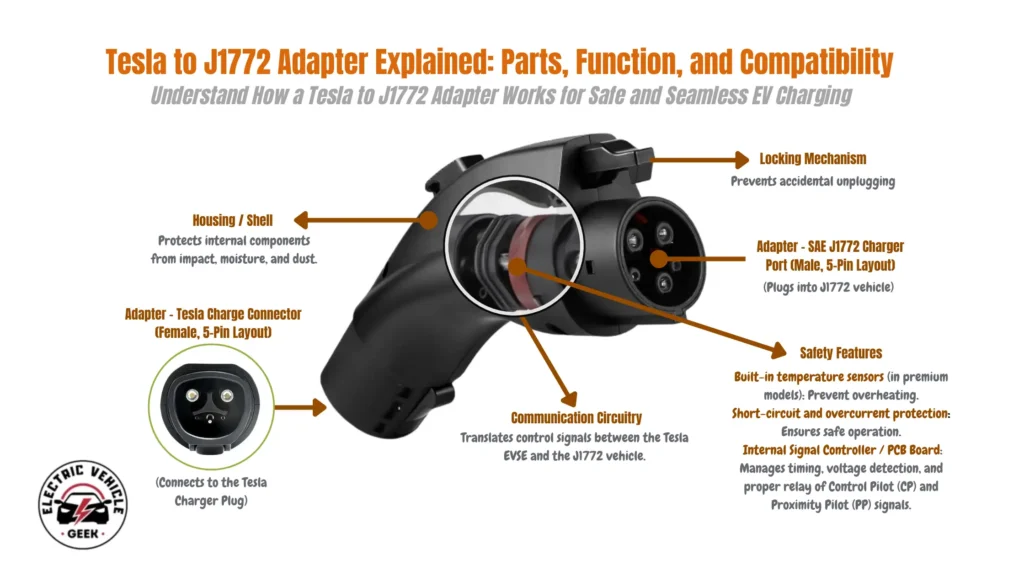
Internally, the Tesla to J1772 adapter reroutes the Tesla connector’s five pins – two for power (L1, L2), one for ground, and two for signaling (control pilot and proximity pilot) – to match the standard J1772 layout. Since both Tesla and J1772 use the same AC charging protocol, no signal conversion or active electronics are required.
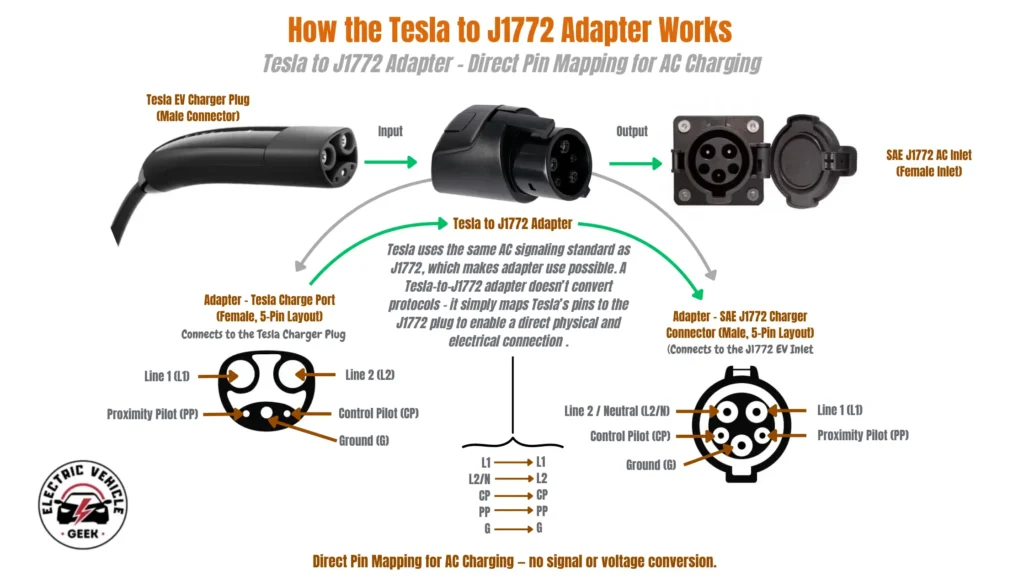
High-quality Tesla to J1772 adapters feature robust internal conductors rated for up to 80 amps of continuous power. Their shells are typically built from high-temperature, weather-resistant materials to protect the components from heat, moisture, and impact. A secure locking mechanism ensures the adapter remains firmly connected during charging, helping to prevent interruptions or disconnections. The result is a safe, high-performance connection that allows J1772 EVs to charge using Tesla AC hardware without modifying voltage, current, or communication signaling.
The result is a safe, high-performance connection that allows J1772 EVs to charge using Tesla AC hardware without modifying voltage, current, or communication signaling.
Common Issues With Tesla to J1772 Adapters
Despite their convenience, Tesla to J1772 adapters have a few known limitations, especially when used frequently at high amperage levels. One of the most common problems is electrical arcing that affects internal wiring and circuitry components, which can occur during plugging and unplugging under load, especially when the enclosure/housing is poorly designed or worn out. This may lead to pitted or corroded contacts, increased resistance, and heat generation, especially when charging at 48 to 80 amps. Over time, spring tension in the connectors can weaken, leading to a looser fit and degraded charging performance.
Another common problem with Tesla to J1772 adapters is poor weather sealing at the connection points. Without a proper sealing gasket (typically made from silicone rubber), moisture and dust can enter the adapter interface, especially during outdoor use. This can lead to corrosion, electrical faults, or even charging failure over time. High-quality adapters often include integrated or optional gaskets to maintain a weather-resistant seal (e.g., IP66 rating), but low-end models may skip this protection entirely, increasing the risk of water ingress, exposure to the elements, and long-term reliability issues.
Low-quality Tesla to J1772 adapters may also struggle to manage heat or may not maintain a secure connection between the Tesla charger and the J1772 vehicle. This can cause intermittent charging, overheating, or even damage to the EV’s onboard charging system. In rare cases, Tesla firmware updates or charger software may restrict third-party Tesla to J1772 adapter use, creating handshake errors or blocking charging sessions altogether.
For these reasons, Tesla to J1772 adapters should be chosen carefully, especially for daily use with high-powered Tesla chargers rated up to 80 amps. It’s important to select adapters made with high-quality materials and ensure they are compatible with both your Tesla charger’s output and your EV’s onboard charging capacity. Choosing a well-matched adapter that can safely handle the expected amperage under continuous load conditions helps ensure reliable performance. Regular inspection and careful handling during connection and disconnection can also help extend the life of the adapter and connected equipment.
When to Use a Dedicated J1772 Charger Instead
While Tesla to J1772 adapters are excellent for travel, shared garages, or occasional use, they’re not always ideal for high-frequency, high-amperage daily charging. Repeated use at full 80-amp load can accelerate wear and introduce safety risks. For long-term reliability and maximum safety, non-Tesla EV owners are encouraged to install a dedicated J1772 Level 2 charger at home. These chargers offer a more secure, permanent solution designed specifically for your vehicle’s connector and charging profile.
To get the safest, most consistent experience when charging your J1772-based EV, we recommend installing a dedicated Level 2 charger. Our expert-reviewed J1772 chargers are selected for their robust construction, advanced safety features, and support for up to 80 amps of power. These chargers provide faster charging, fewer compatibility issues, and longer connector life – all without the need for an adapter. See All SAE J1772 Chargers.
Looking for a comprehensive guide to EV charger adapters? Here are the four most common types used across the U.S. and Canada:
